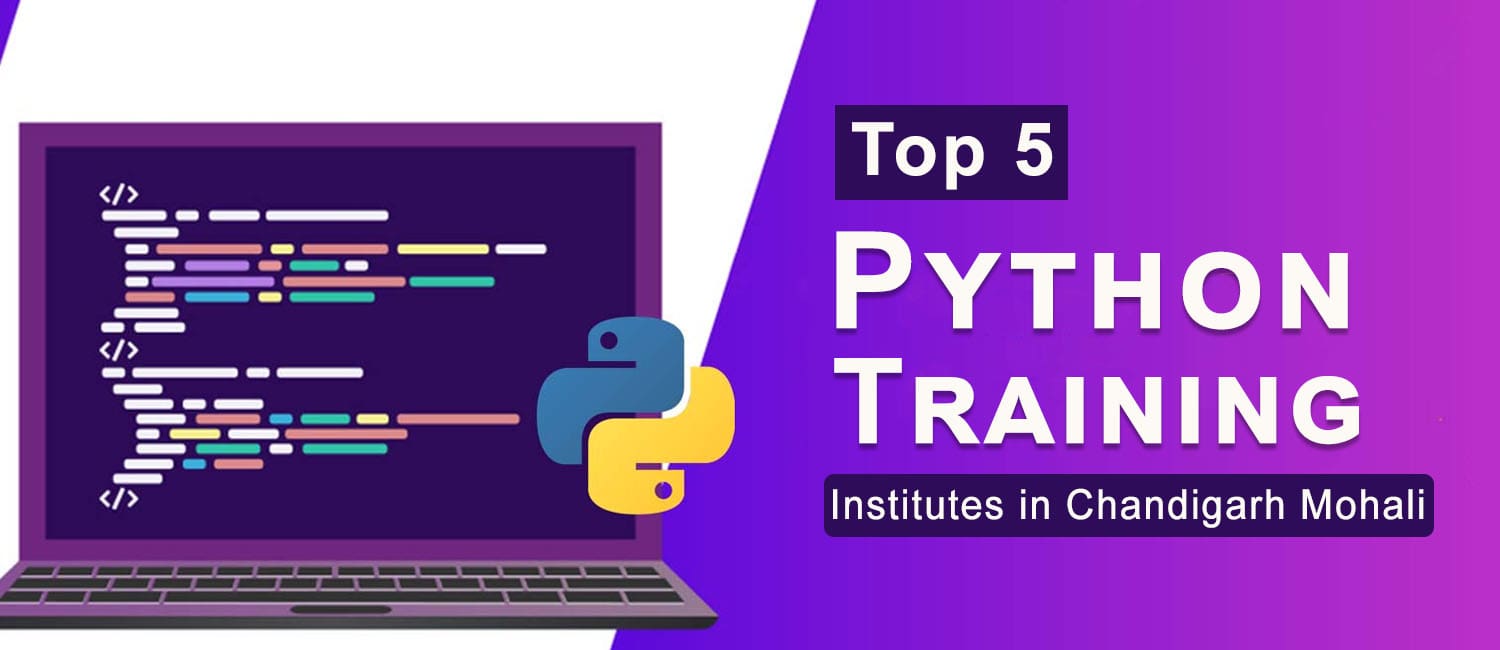Python ** Explained (Double Star Or Double Asterix)
페이지 정보

본문
Consider a state of affairs the place you're working with large knowledge units or performing numerous calculations. In such a case, the optimal alternative for memory and performance would doubtless be the double-star operator. The elevated effectivity might result in a more streamlined execution process, doubtlessly lowering the computational burden in your system. Performance : File dealing with operations in Python will be slower than different programming languages, particularly when dealing with massive files or performing advanced operations. What is Python file handling? Python file handling refers back to the means of working with recordsdata on the filesystem. It includes operations akin to reading from information, writing to recordsdata, appending data and managing file pointers. ] corresponds to the values. ] was used to stand for the values. Loops are often used to iterate and manipulate sequential data sorts. The for loop in Python could be very much like other programming languages. We are able to use break and continue statements with for loop to alter the execution. Nevertheless, in Python, we are able to have non-compulsory else block in for loop too. I hope you've got gained some fascinating ideas from the tutorial above. In case you have any questions, tell us in the comments below.
Thread Safety: When using customized capabilities in a multi-threaded setting, ensure your features are thread-secure. Consider using connection per thread.For more complex database operations, you may want to check out Python SQLite3 execute() Methodology Information or study committing adjustments. SQLite's functionality with custom Python functions. It allows you to implement specialised calculations and operations instantly in your SQL queries. We can get out of the for loop utilizing the break assertion. This can terminate the for loop execution and the code block won’t be executed for the remaining elements of the iterable. This is helpful once we discovered what we're searching for and don’t have to course of different components of the iterable. Now, if you are thinking about understanding easy methods to implement knowledge science ideas with Python, you can go through this weblog on Python Information Science tutorial. Further, try our gives for the Python certification course (visit here). You may as well go through these free Python Coding Interview Questions ready by trade consultants.
It is necessary to understand Python's basic ideas to utilize it efficiently. Variables are used to hold knowledge in Python and don't have to be explicitly declared. A variable's knowledge type is automatically ascertained by looking at the worth that is assigned to it. Control constructions handle the stream of execution in a program. Object-oriented programming, which divides code into courses and objects, is supported by Python. Python has sturdy error and exception handling options that make sure this system can deal with unexpected circumstances politely. The following table lists the line plot kinds. Keep in mind that you can also use these styles with other kinds of plots. For example, a scatter plot can use these styles to define each of the data factors. When in doubt, attempt the kinds to see whether they’ll work along with your explicit plot. It’s sort of wonderful to assume that IPython offers you with magic, however that’s exactly what you get with the magic capabilities. Most magic features begin with either a % or %% sign. These with a % signal work inside the setting, and people with a %% signal work on the cell stage.

Notice: For more info, refer Python Sets. Dictionary in Python is an unordered assortment of data values, used to retailer knowledge values like a map. Dictionary holds key:worth pair. Each key-worth pair in a Dictionary is separated by a colon :, whereas each key is separated by a ‘comma’. Note: For more info, refer Python Nested Dictionary. All the pieces in Python is treated as an object so every variable is nothing but an object in Python. A variable could be either mutable or immutable. If the variable’s value can change, the thing is known as mutable, while if the value cannot change, the object is named immutable. We will learn the distinction between mutable and immutable varieties within the later part of this article.
In the Automate the Boring Stuff with Python on-line book, you will study dictionaries, strings, debugging, common expressions and more. If you happen to prefer a video format, then you can undergo the YouTube sequence that Al Sweigart put together. In this 12 hour YouTube Edureka course, you will learn about functions, loops, lists, conditionals, error dealing with and more. This course will also talk about profession opportunities in Python and wage expectations for Python developers. On this TechWorld with Nana YouTube course, you'll learn about strings, variables, OOP, purposeful programming and more. Additionally, you will build a few projects including a countdown app and a venture centered on API requests to Gitlab. In Python, you may store values to variables. The worth of a variable can then be changed all through the execution of the program. As you possibly can imagine, storing information is important to a pc program. As an example, a typical sport software keeps track of some sort of score. Behind the scenes, the score is a variable that's up to date based mostly on certain actions. It is a complete information on variables in Python.
- 이전글10 Things People Hate About Wall Mount Electric Fireplaces 24.12.27
- 다음글10 Factors To Know About Couch And Loveseat You Didn't Learn At School 24.12.27
댓글목록
등록된 댓글이 없습니다.

